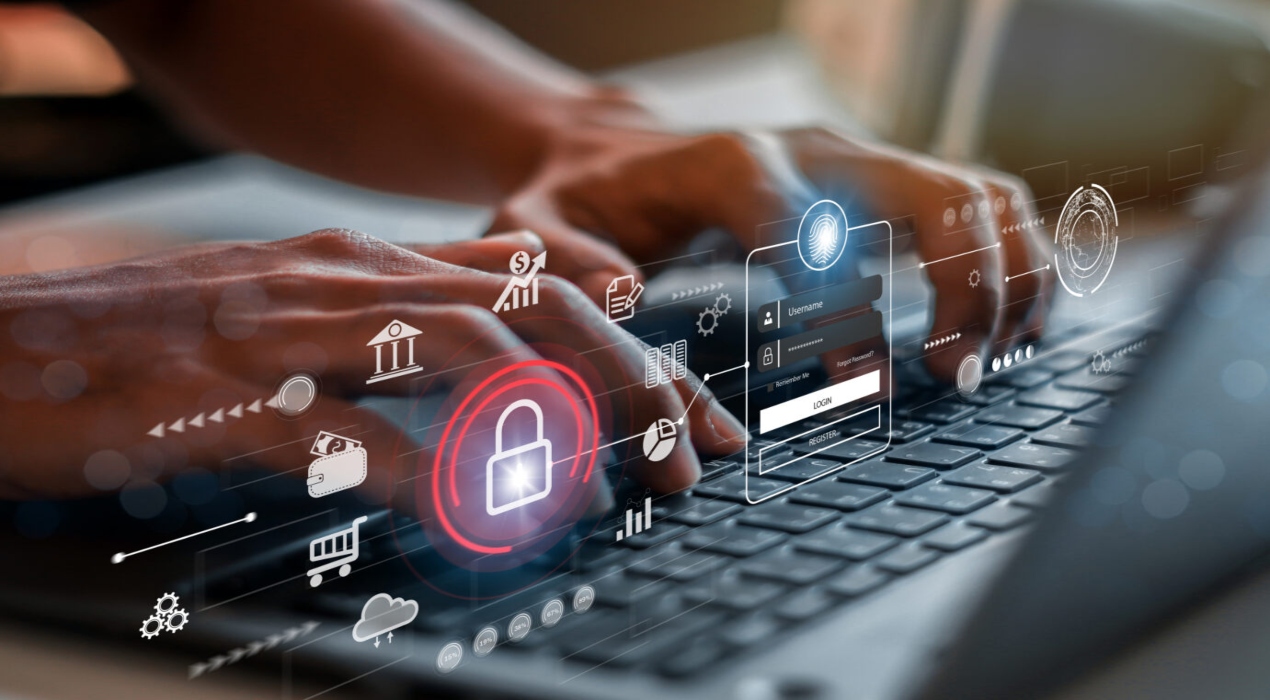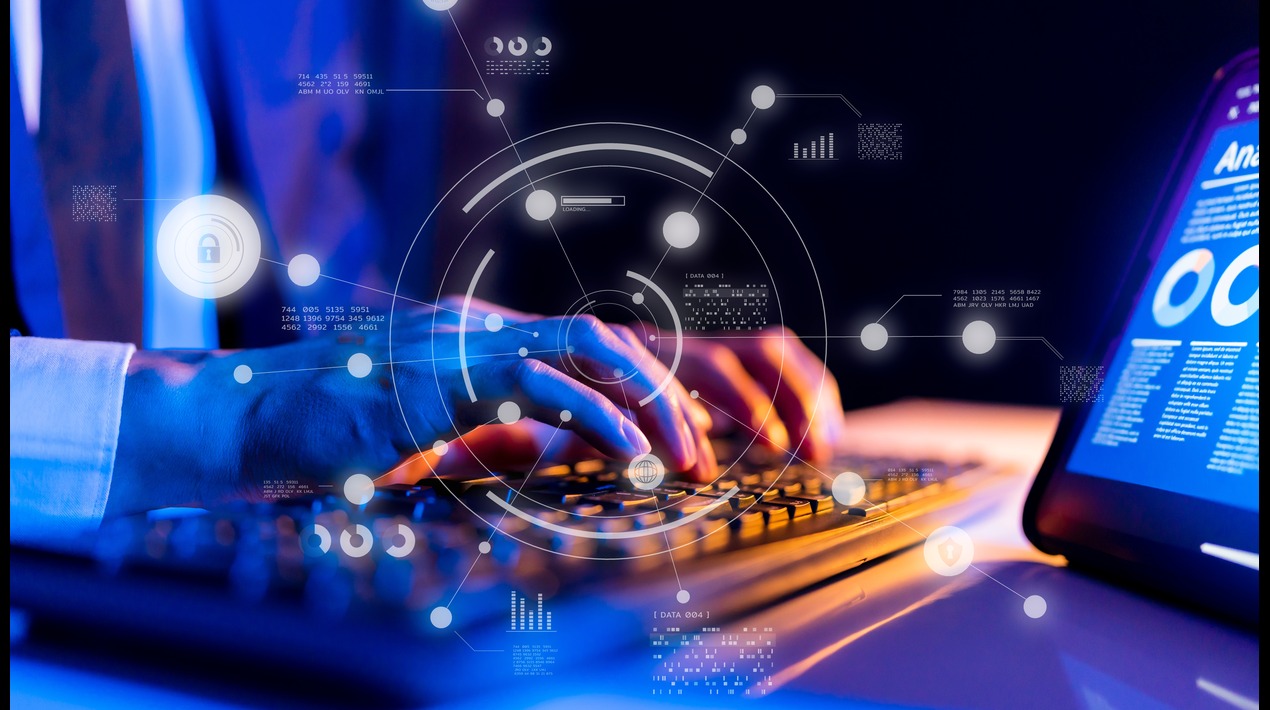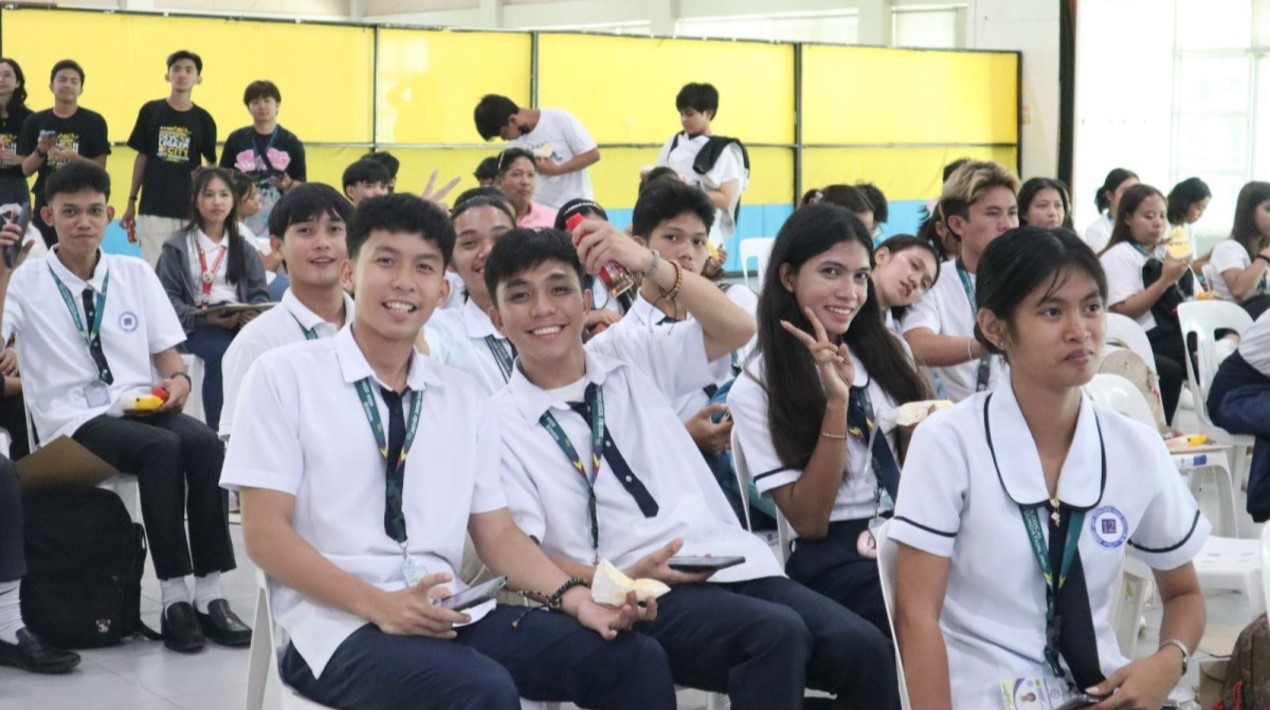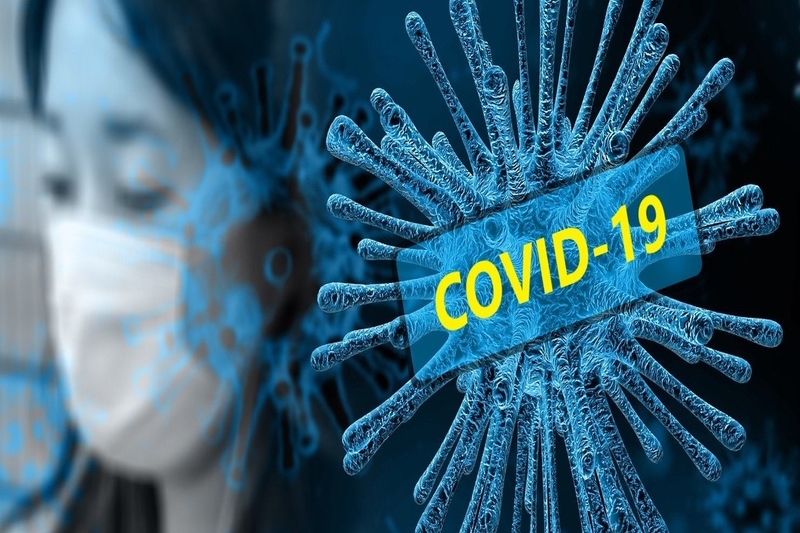
This is the first article of a two-part series. Read Part 2 here.
Singapore is recognised as one of the safest countries in the world and has been holding that record for a long time. The nation topped the list for Gallup’s Global Law and Order Index for the year 2019, with an index score of 97 out of a possible 100. The Singapore Government has always been staying on top of all issues concerning the safety and security of the people.
With the ongoing COVID-19 situation, Singapore had shifted its Disease Outbreak Response System Condition (DORSCON) level from yellow to orange on Friday, 7 February. With the nation stepping up efforts to protect its citizens and businesses while fighting the spread of the virus, OpenGov looks to understand the measures taken by government agencies to handle such situations.
OpenGov had the opportunity to sit with Dr Lee Fook Kay, Chief Scientist at the Ministry of Home Affairs (MHA), to obtain more insights into how MHA is harnessing science and technology (S&T) in viable and innovative ways to ensure that it is at the forefront of safety and security efforts.
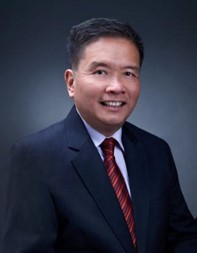
Dr Lee was appointed as the first Chief Scientist of MHA in April 2019. Prior to his appointment as Chief Scientist and since 2008, Dr Lee Fook Kay had been the Chief Science and Technology Officer at MHA.
In that role, he steered and led MHA’s development efforts in CBRNE (chemical, biological, radiological, nuclear and high-yield explosives), Forensics, Video Analytics, Biometrics, Profiling, Robotics, Automation, Artificial Intelligence and Human Factors, amongst others.
In particular, Dr Lee has had more than twenty years of experience in the CBRNE domain and has been instrumental in the strategic building and development of CBRNE capabilities in Singapore.
Today, he remains a key advisor in the National Advisory Board that oversees the strategic and policy issues in CBRNE. Dr Lee was also appointed as Singapore’s expert member in the IAEA Emergency Preparedness and Response Expert Group (EPREG) from 2012-2015.
Singapore’s technological capabilities for safety and security
Dr Lee strongly believes that the Home Team is well-positioned in terms of its technological readiness and that it has the zest to develop cutting edge technologies, for the Home Team is in the heart of each of its scientists and engineers.
Dr Lee said that one of MHA’s strongest capabilities is its laboratory network within Singapore, which can analyse an entire range of security-sensitive materials (SSM). This includes CBRNE and narcotics. This is particularly useful at Singapore’s border checkpoints, where analyses can be quickly conducted to determine if SSM is being smuggled into the country, during detection of suspicious activities. Dr Lee believes that this capability is the first of its kind in the world.
Importance of taking citizens’ needs into consideration for technology development
Dr Lee noted that technology development efforts, in the safety and security arena, were previously tended to emphasise improvements in systems, over human performance. Besides looking at improving the human operation of machines, it is imperative for the Home Team to go one step further: Taking citizens’ needs into consideration. “We need the citizens, whom we are aiming to protect, to accept the technology serving them and use it,” said Dr Lee.
Dr Lee shared examples of such technologies being currently developed on. A prototype for an automated car clearance system, at the land checkpoints, is being trialled with passenger cars coming through. The user-friendliness and experiences of those going through the checkpoints by car are being assessed as well. An exoskeleton is also being developed for SCDF’s firefighters. A key consideration of this technology is that while it is primarily meant to protect the firefighters wearing it during their line of duty, the exoskeleton should also not inadvertently cause injuries to those whom the firefighters are trying to save.
Regarding the possibility of pushback from citizens on the introduction of new technologies, Dr Lee pointed out that where practical, feedback is collected from the public. For example, when new technologies are being tested at checkpoints, the public trying them out are also interviewed and asked for their feedback on the technologies.
MHA labs countering bioterrorism and virus outbreaks with science and technology
The threats of bioterrorism and virus outbreaks are becoming ever real, such as in the case of the ongoing COVID-19 crisis, and countries are stepping up efforts to protect their citizens.
The Home Team CBRNE network of laboratories are located at Singapore’s land and sea checkpoints, to detect and analyse suspicious incoming items into Singapore. The laboratories, therefore, need to be able to detect any items that contain hazardous materials and also be on the lookout for major bioterrorism agents, such as anthrax.
Dr Lee noted that the CBRNE laboratories are well-equipped to receive and process such suspicious items and ensure that any hazardous substances could be detected and contained. He also said that it is critical that the staff receiving these samples are well protected from such hazardous materials. Laboratory officers use gloves with filters, such as chemical filters or hyper filters, as well as filters which have a protective capability against radiation.






